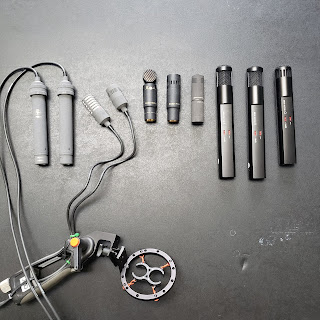IRs are one of the things that have been elusive to me for years. Early in my career they were very esoteric. There were vauge notions you needed a starter pistol... or maybe a speaker and some sort of sine sweep? In the last couple years, there's been a few great blog posts and the community has shared tips here and there and the recording process has become more accessible. For anyone who's recorded an IR though, you might have noticed: this doesn't quite sound like how I remembered it. Like any recording (in my opinion) half of the product is done in the field, and half of the recording is done in editing and mastering. There's been a lot of talk about recording IRs, but not much about mastering IRs. I'm going to attempt writing a guide, but much like anything in sound, this is going to be drenched in personal opinion and hyperbole. I'll post some audio examples and hopefully the result will speak for its self. Before we jump in the guide, here's a list o...



